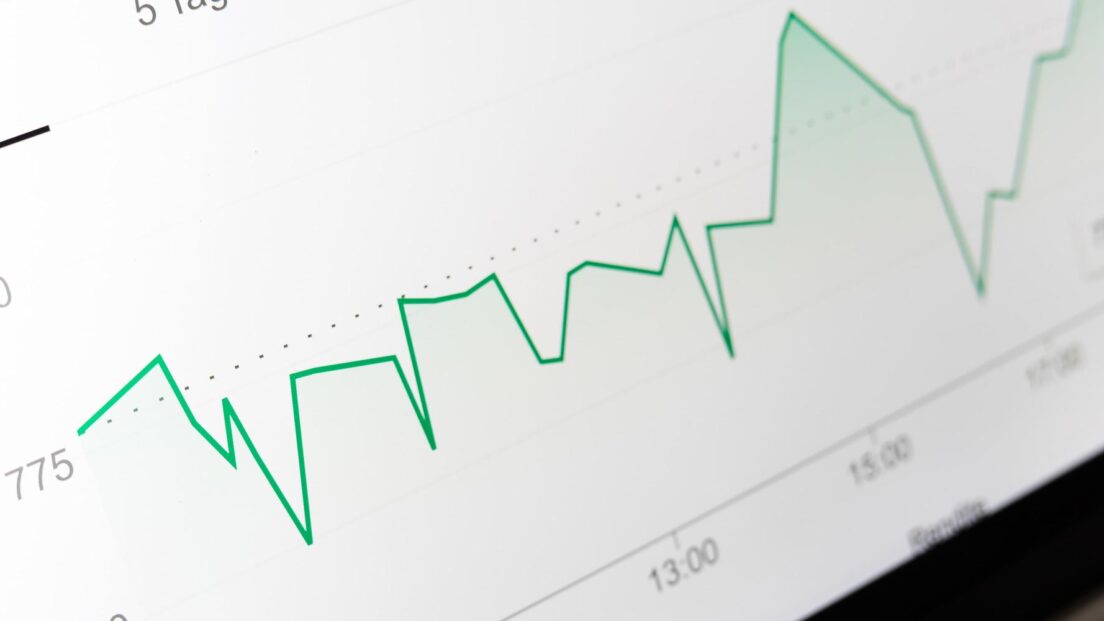Swap interest rates rise

The interest rates for swap transactions for immediate maturities are already moving up exceptionally weeks before the SNB's monetary policy decision in June. This could have been an indication of the unannounced increase in the key interest rate. The latest movements on the swap market are not only accompanied by the SNB's indications that it will raise the key interest rate again in the next assessment of September 21, 2022, but also indicate the efficiency of Swiss monetary policy.
The yield curve for swap transactions is currently undergoing a non-parallel shift. Since the last decision on June 16, the curve has flattened, with sub-year rates staying high and longer-term rates falling. This decline speaks to the credibility of monetary policy that it will be successful in its efforts to maintain price stability over the long term. For medium-term maturities in particular, this decline reflects the market attitude: the SNB is not tightening the interest rate screw as much as previously expected for this venture. Although the maturities during the year signal an imminent increase in key interest rates, the size of the step will depend on future inflation data and currently leaves a lot of leeway for their estimation. The scenario of a 75bps rate hike, similar to the Fed, would not be inconceivable with surprisingly high inflation numbers.
In any case, the end of negative interest rates is imminent. The prices for fixed-rate mortgages have become cheaper since the last decision by the SNB, but money market mortgages will also be affected in the future and will most likely become more expensive.
Positive signs in the interest rate market
The interest rate market has reacted positively to the monetary policy strategy in the past few weeks, thus underpinning the SNB's credibility in being able to guarantee price stability in the long term. Even if long-term interest rates have fallen and the strong domestic currency is likely to have a positive impact on inflation in the coming months, further increases are essential for successful monetary policy. However, it's over
From today's perspective, it is very difficult to quantify the next rate hike, although we consider all scenarios from 25 to 75 bps to be extremely likely. Therefore, we will be closely monitoring the upcoming inflation numbers and the swap market to inform the next decision.
Fed decision
At its meetings on July 26th and 27th, the Federal Open Market Committee decided to raise the key interest rate again by 75%. The return to neutral monetary policy has so far resulted in the desired slowdown in macroeconomic activity to counteract the imbalance between supply and demand. Although inflation still appears to be rising unchecked, the Fed's monetary policy – thanks to the high pace of tightening in recent months –
gained more credibility. This is supported, among other things, by the decline in bond yields and break-even inflation rates. In addition, the latest decision was in line with market expectations, which are currently pricing in another tightening of at least 50bps for the next meeting in September – along with the Fed's comments. It is now important to monitor inflation developments closely in the coming weeks.
The ECB completed the exit from negative interest rates on July 21st and hiked rates by 50 instead of 25 bps. The strong fall in the value of the euro since the beginning of the year was of particular relevance to the decision, as this increases the imported inflationary pressure. Further interest rate adjustments could increase the attractiveness of the European currency and counteract inflation through exchange rate appreciation, at least in the short term. Furthermore, the Governing Council approved a new instrument called the Transmission Protection Mechanism (TPM) to measure the spread of bond yields between different member states
to ensure the efficient transmission of monetary policy signals to all euro area countries.
Will interest rate hikes pick up again in September?
If there is no sign of a slowdown in inflation by September, we expect the Fed to hike rates by at least 50bps a third time. In any case, it is important to understand that due to the short succession of large rate hikes, the effectiveness of monetary policy is unlikely to be immediate and it will take some time for the economy to fully respond. We therefore think that stagnation or even a fall in prices is to be expected and that so-called peak inflation will soon be reached. Due to the development of the euro exchange rate and the significantly high inflation figures, we clearly expect further interest rate hikes from the ECB. In view of the interest rate moves by the Fed and also the SNB, we currently expect at least a 50bps adjustment for the September meeting.